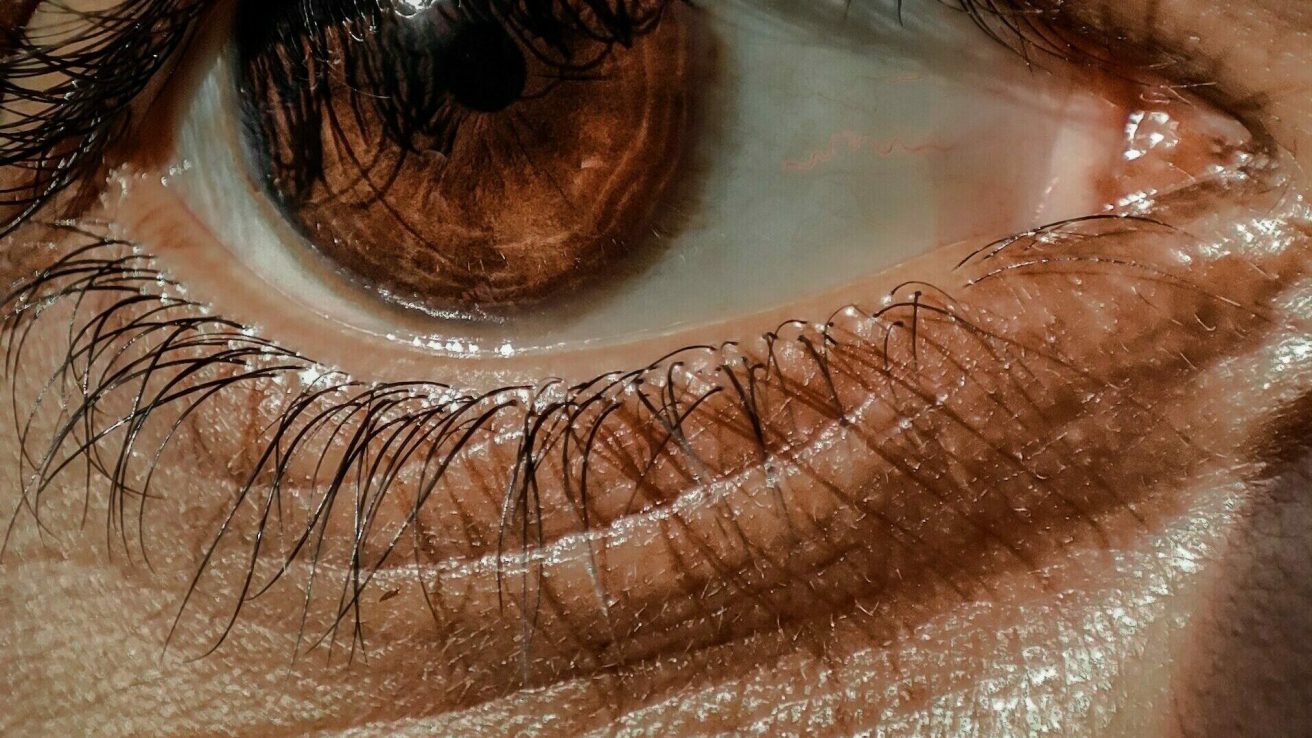Disease reactivation is likely to occur after stopping eculizumab in neuromyelitis optica spectrum disorder with a long-term stable course, according to a recent study.
Neuromyelitis optica spectrum disorder (NMOSD) is a neuroinflammatory disease primarily affecting the optic nerves and spinal cord. Eculizumab, a humanized monoclonal antibody, is effectively used for the treatment of aquaporin-4-IgG seropositive (AQP4-IgG+) NMOSD.
A study in the journal Multiple Sclerosis and Related Disorders focused on the patients in the PREVENT trial and its open-label extension (OLE) in Turkey who received eculizumab treatment for AQP4-IgG+ NMOSD and evaluated their outcomes following eculizumab discontinuation.
Patient Characteristics
Ten patients with a history of recurrent relapses were enrolled in the PREVENT-OLE study. Eight patients were female. The average age was 49.75 years, and the mean disease duration was 13.67 years at the time of the current study.
Relapse Outcomes and Eculizumab Discontinuation
Seven patients were relapse-free during the PREVENT-OLE study, whereas three patients experienced relapses. Two of these three patients dropped out due to moderate-to-severe relapses. These two patients received rituximab treatment after discontinuation of eculizumab. After a duration of 3.7 years, the third patient also could not continue eculizumab due to recurrent urinary tract infections.
Eculizumab Discontinuation and AQP4-IgG+ NMOSD Relapses
Seven patients completed the OLE trial. The mean duration of eculizumab use was 5.51 years. One patient continued to receive eculizumab without any problems. However, six of the seven patients could not continue eculizumab because of the reimbursement conditions of the health system. Four out of these six patients experienced early and severe relapses of AQP4-IgG+ NMOSD after stopping eculizumab.
The onset of relapses was within the first three months of discontinuation, with a median duration of 2.45 months. All of these patients were hospitalized; two patients received intravenous corticosteroids only, while the other two also received intravenous immunoglobulin or plasmapheresis. All six patients were started on rituximab treatment during the follow-up period. Three patients who relapsed after eculizumab cessation developed new spinal cord lesions, primarily in the cervical spinal cord.
Patient Group Comparison Based on Relapses Revealed No Significant Differences
Seven patients who completed the study were divided into two groups based on the presence of relapses. There were no differences between the two groups in terms of sex, age, duration of disease, duration of eculizumab use, the number of relapses before eculizumab, and Expanded Disability Status Scale scores.
Source:
Şen, S., Tuncer, A., Terzı, M., Sena, D. a. C., Ozen-Acar, P., Altunrende, B., Özakbaş, S., Tütüncü, M., Uygunoğlu, U., Akman‐Demir, G., Karabudak, R., Efendı, H., & Síva, A. (2023). Severe disease reactivation in seropositive neuromyelitis optica spectrum disorders patients after stopping eculizumab treatment. Multiple Sclerosis and Related Disorders, 79, 104949. https://doi.org/10.1016/j.msard.2023.104949










